Alexandrite Gemstones- Colour Changing Gems
Discover our collection of rare, natural alexandrite gemstones, renowned for their colour-changing beauty — green in daylight, red under incandescent light. First found in Russia’s Ural Mountains in the 1830s and once favoured by Tsarist aristocracy, alexandrite remains one of the world’s most coveted gemstones. Today, fine stones from Sri Lanka, Brazil, and East Africa are ethically sourced, certified, and ideal for bespoke engagement rings, fine jewellery, and investment pieces.
shape
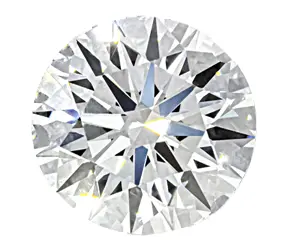
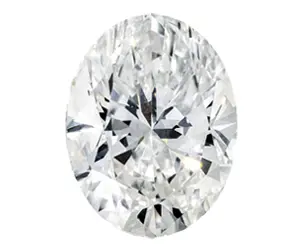
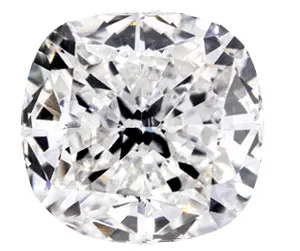
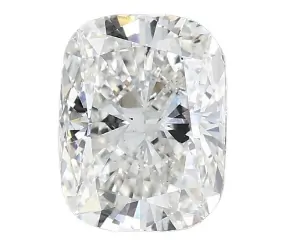
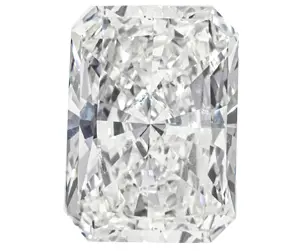
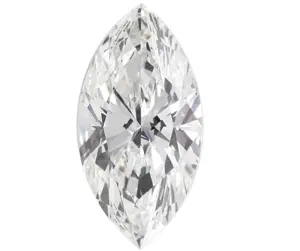
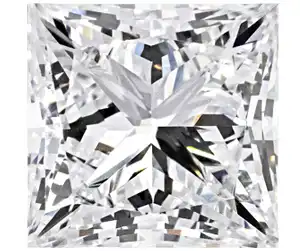
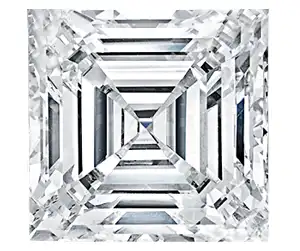
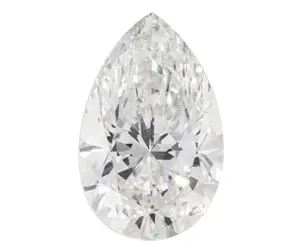
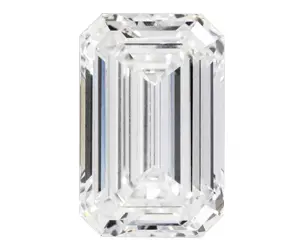

carat
price
viewed(0)
Discover the Rarest Gem - Alexandrite
Visit Flawless to experience a Gem that changes with the Light
See the magic of Alexandrite as it shifts from green to red with every glance. Book an appointment to explore this rare gemstone in person and find the one that truly reflects your style.
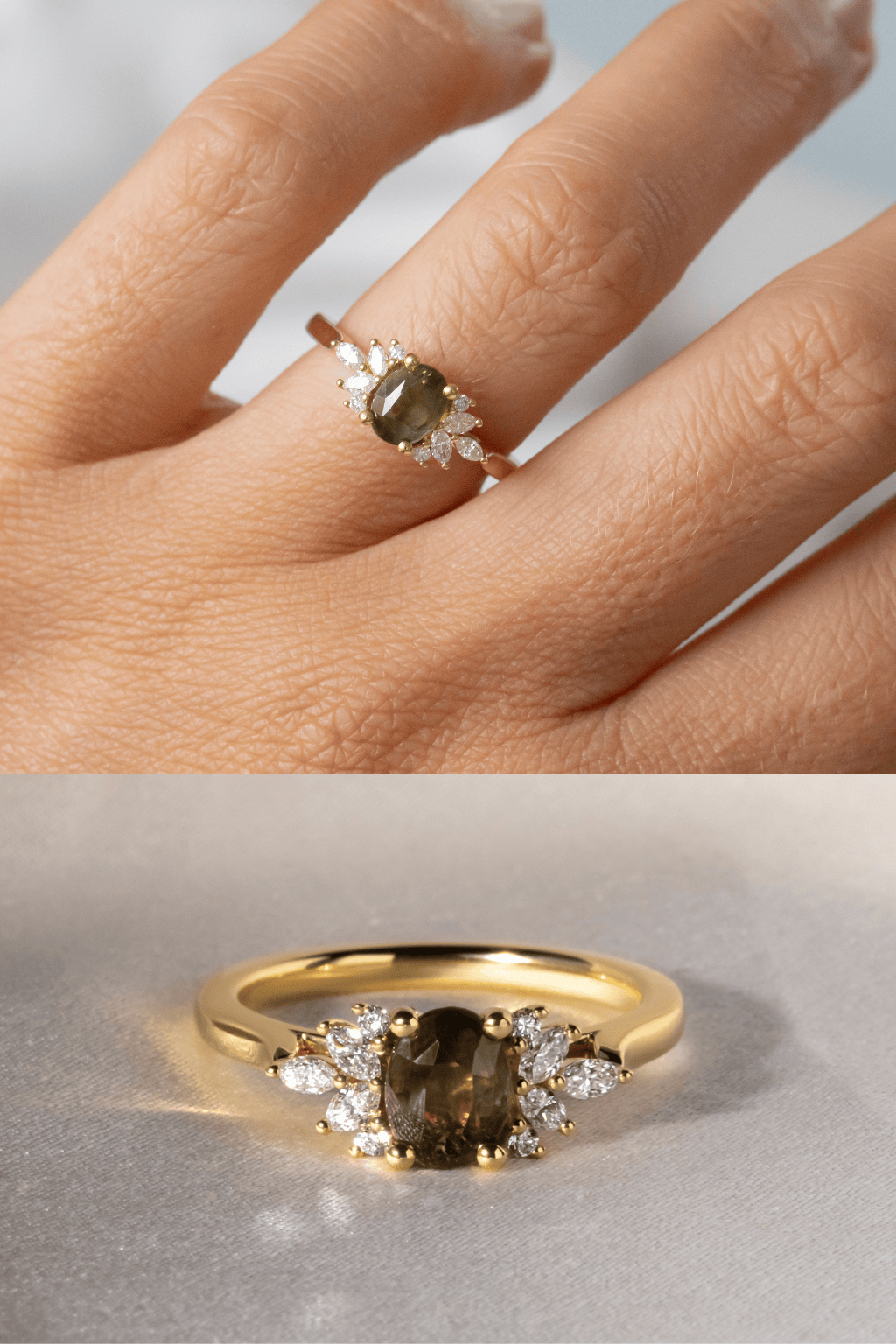
The Science of Colour Change in Alexandrite
Alexandrite’s most captivating feature is its ability to shift colour — appearing green in daylight and red under warm light. This rare phenomenon happens because of trace amounts of chromium that react differently to various light sources. The gemstones‘ dual nature makes every Alexandrite unique, and no two stones display the same balance of hues. Its natural colour transformation continues to fascinate gem enthusiasts and collectors around the world.
How to Evaluate Alexandrite Quality
Evaluating Alexandrite quality depends on how clearly it changes colour — strong, distinct shifts from green to red indicate higher value. The most prized stones display vibrant hues, good clarity, and a well-balanced cut that enhances their optical effect. Larger, natural Alexandrites with intense colour transitions are extremely rare and sought after by collectors. Always look for certified gemstones from trusted sources to ensure authenticity and lasting worth. Our collection includes authentic and certified gemstones used for making bespoke and fine jewellery.
Alexandrite Gemstone - FAQs
What makes Alexandrite gemstones so rare?
What makes Alexandrite gemstones so rare?
Alexandrite is rare because it forms only under very specific geological conditions involving beryllium, chromium, and aluminum. These elements rarely occur together, making true Alexandrite extremely limited in nature and highly valuable.
Does Alexandrite occur in different colours besides green and red?
Does Alexandrite occur in different colours besides green and red?
While the classic Alexandrite displays a green-to-red shift, some stones may show bluish-green to purplish-red hues. The exact colours depend on the light source and the gemstone’s origin.
Why is natural Alexandrite so hard to find?
Why is natural Alexandrite so hard to find?
Because it forms only under extremely rare geological conditions, deposits are scarce and often small. Most high-quality natural Alexandrites are found in older collections or limited modern mines.
